Blue Zones: Home of the Longest Living People
The Blue Zones are the five places in the world that are home to the longest living populations.
June 7, 2021
Dan Buettner is the founder of the phenomenon known as the “Blue Zones.” As a National Geographic Fellow and New York Times bestselling author, he has researched and explored the world to find these Blue Zones. As a result, Buettner has found five Blue Zones across the globe where people live the longest: Okinawa, Japan; Sardinia, Italy; Nicoya, Costa Rica; Ikaria, Greece; and Loma Linda, California (Blue Zones).
Despite all these locations ranging from different areas worldwide, they all have common principles that make them home to the highest concentration of centenarians. Although genetics play 20-30% in longevity, the other components in longevity include lifestyle, diet, and one’s environment (Healthline)
To start, people in Blue Zones all share a diet that is primarily made up of whole plant foods, roughly a 95% plant-based diet. This plant-based diet includes vegetables, legumes, whole grains, and nuts explicitly. Buettner also reveals that he found another pattern within the diet of Blue Zones: eating beans – in which he explained that eating a cup of beans every day can add about three to four years to one’s life expectancy. Also, if they do ever eat meat, it is only about five times per month (Healthline).
In particular, in Okinawa, Japan, people’s diet consists of soy-based foods like tofu, sweet potatoes, bitter melon, and more. In Ikaria, Greece, people consume a Mediterranean diet that includes olive oil, homegrown vegetables, and drinking red wine, which can also be seen in Sardinia, Italy (Healthline). Nicoya, Costa Rica residents eat a plentiful amount of beans and corn tortillas, while at Loma Linda, California, a religiously Christian community follows a “Garden of Eden” diet, making them primarily vegetarians (Blue Zones).
Another pattern in the Blue Zones is how exercise is performed. Traditionally, people may think of exercise as going to the gym for 30 minutes a day; however, in Blue Zones, movement is built into their daily lives. People in Blue Zones do not intentionally exercise but rather perform the exercise with gardening, walking, and cooking. For instance, farmers need to walk up steep hills in the mountainous region of Sardinia every day. Camille Khong (10) finds it fascinating how “people in Blue Zones exercise naturally while [she] feels that our culture is so immersed by getting healthy by going to the gym or on a run for a short period of time while these people have ingrained this natural movement throughout their whole day.”
To add, another component is having a healthy social network. For example, in Okinawa, there are moais which are a group of about five people that are chosen in their childhood, and they become lifelong friends. This social support group can be formed in childhood and extend into when members are in their 100s. Also, it is common to see older and younger people living together, such as in Nicoya, where great-grandparents live with their great-grandchildren. Another example of a healthy social network is Loma Linda, California, a tight-knit community bonded by having the same religious beliefs.
Buettner explains how if one does not have three friends that they could call on a bad day, it can shave about eight years off a person’s life, and also “if your three best friends are overweight or obese, there is a 150% better chance you will be overweight” (Amanpour & Co). This demonstrates the value of having a concentrated social group that allows for the benefits of being surrounded by others.
Although there is no precise formula to ensure becoming a centenarian, the principles and components incorporated in those living in the Blue Zones helped them step closer to this status. Therefore, although a quarter of longevity is due to genetics, the other 75% is in control of the individual.


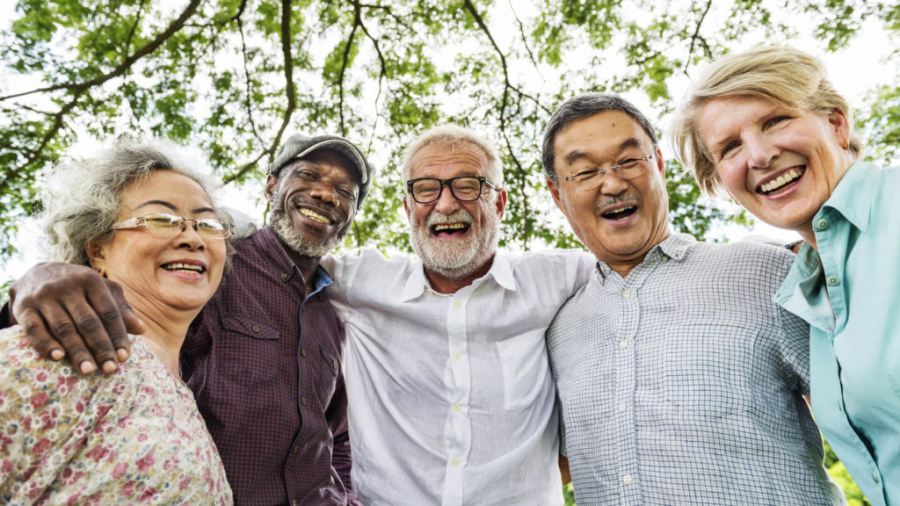
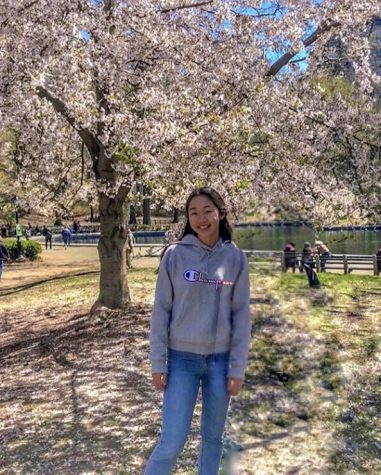










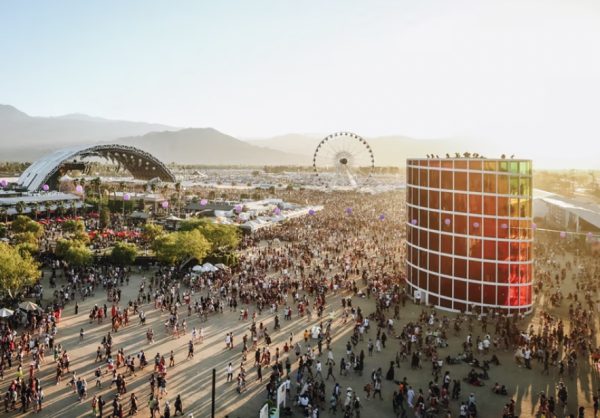




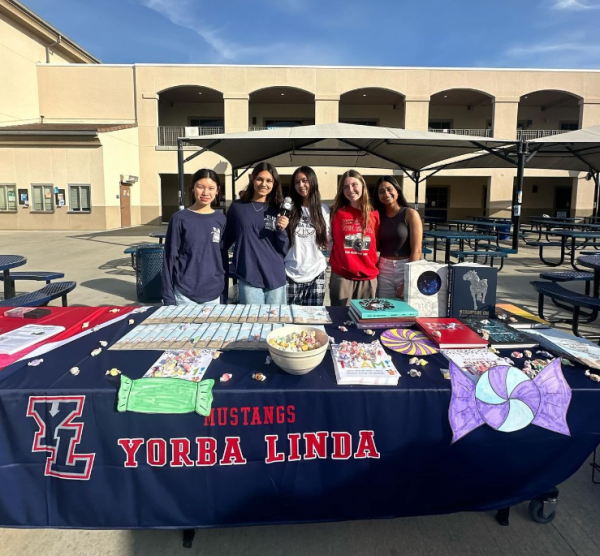
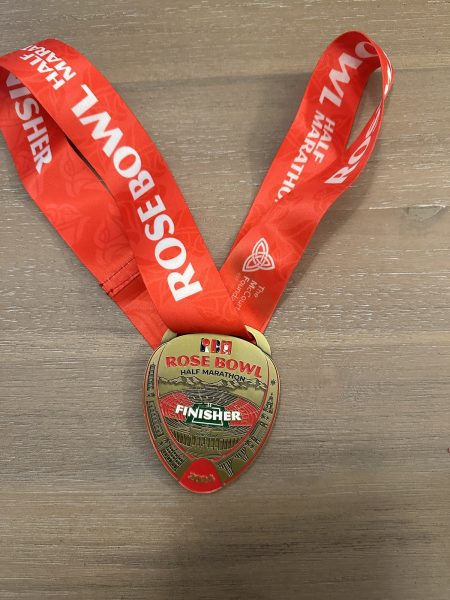

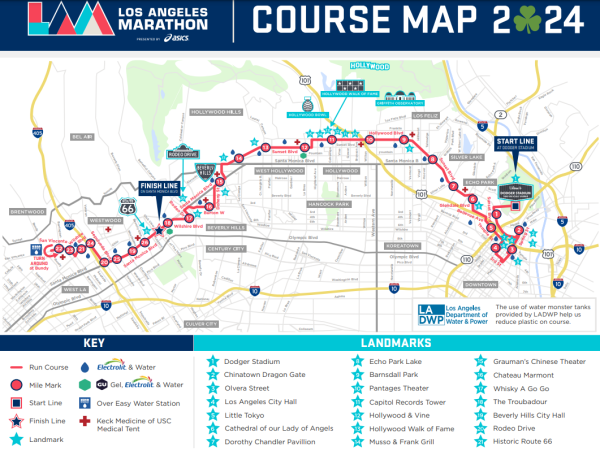
Fiona Salisbury • Jun 7, 2021 at 9:17 PM
Great article! It’s so interesting to see what patterns are shared between all of the blue zone areas.